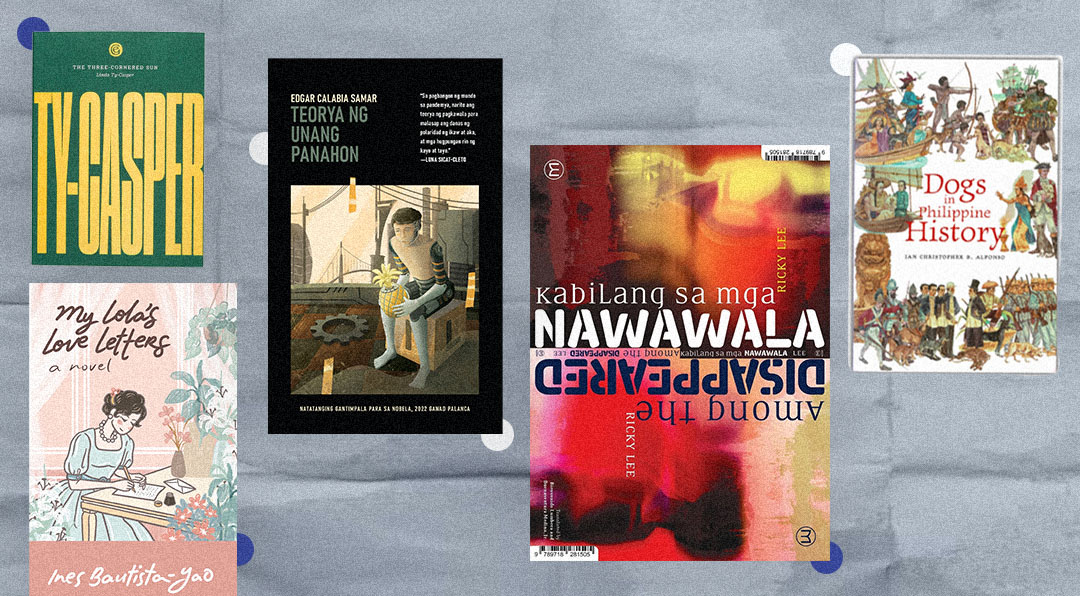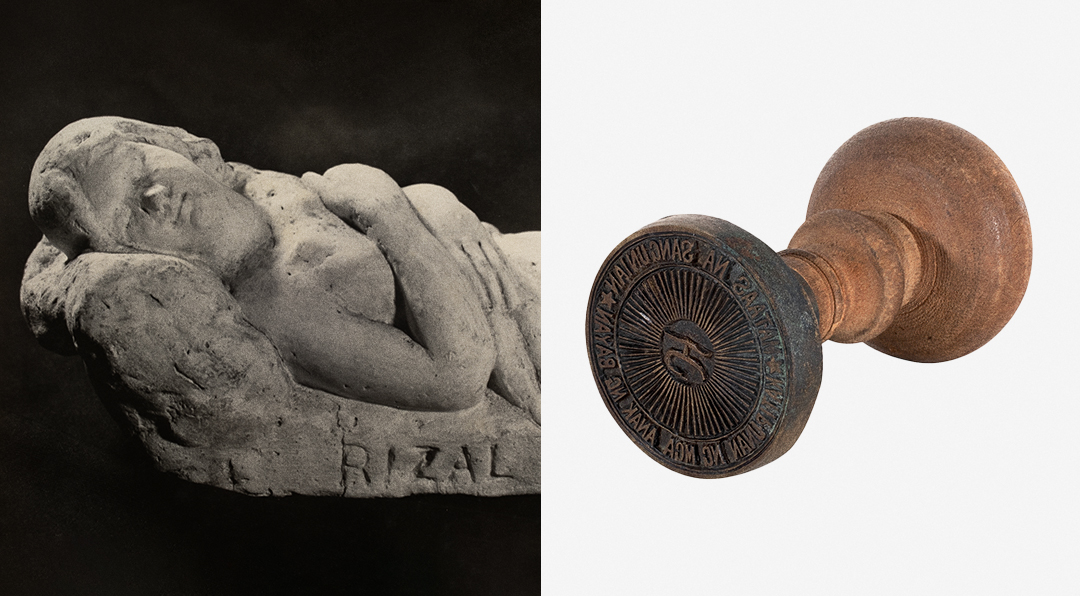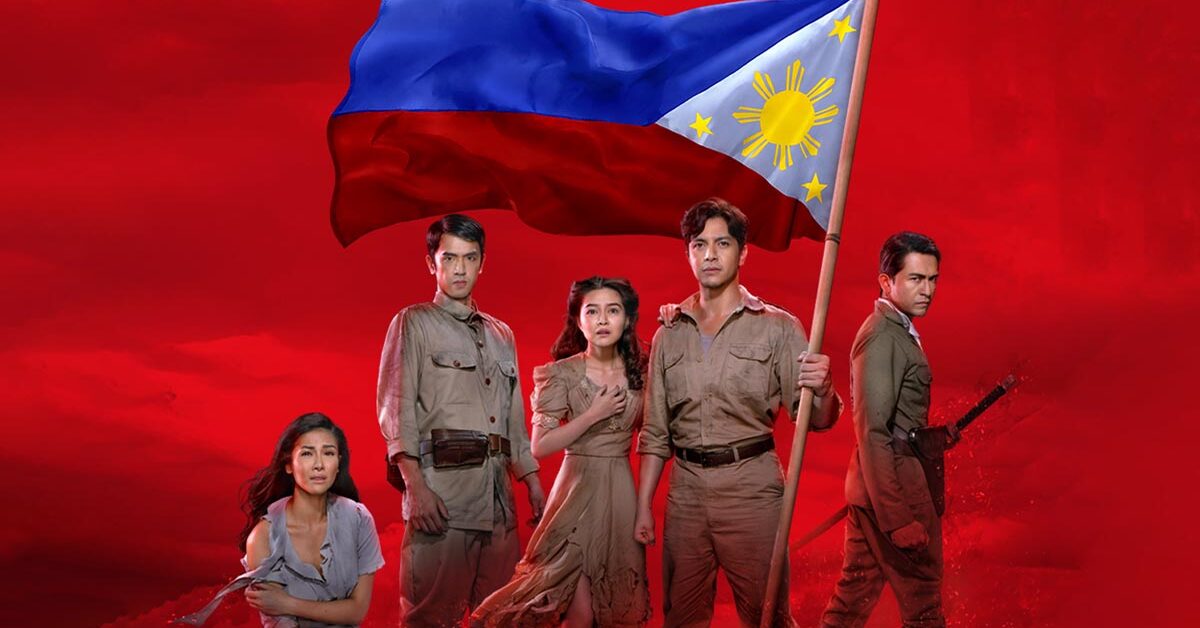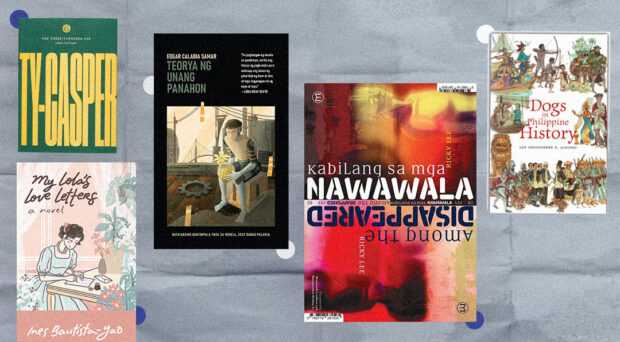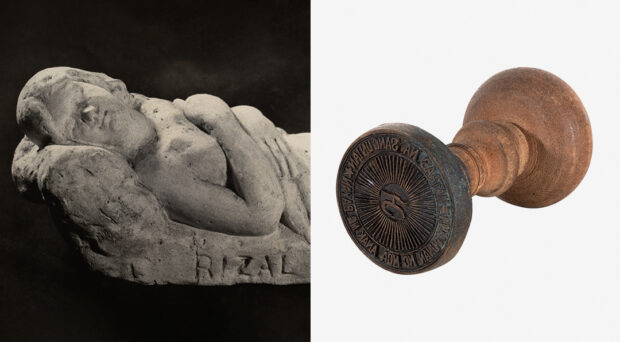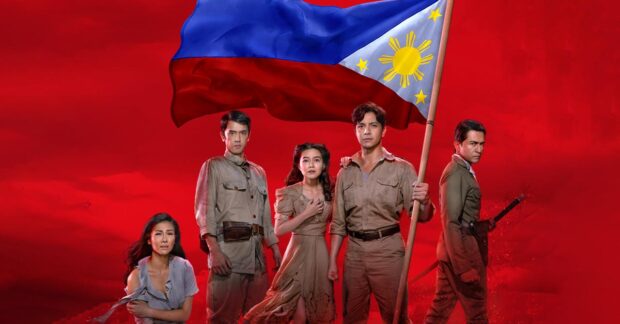This coming National Book Week, read these works by Filipino authors
Filipino bookworms, this is your month. November is National Reading Month in the country, and the final week of this month is also annually celebrated as National Book Week.
We’re getting more recognition now in global literary circles, not only through awards but also with more Filipino authors and stories being published and distributed beyond our shores. Last month, the Philippines was also the guest of honor at the prestigious Frankfurt Book Fair.
From major presses to independent publishers, there’s now a large ecosystem for Philippine publishing, proof that it continues to be a thriving industry. National Artist Ricky Lee sees this as a healthy sign for Philippine literature.
“How nice, di ba. Suddenly parang ang daming tanim na nag-sa-sprout all over the place. Mga indie publishers, mga zines, mga comics. Nagsulputan lahat eh. Ang dami-dami, suddenly hindi ka na maka-keep track sa mga writers ngayon. Book fair mo na lang makikita na may ganito pala, may ganiyan,” he says. “[I] feel very excited and enthralled na nagsusulat pa rin ako sa isang panahon where ang publishing sa Pilipinas ay ganitong nag-bu-bloom.”
If you’re looking to expand your (or your book lover friends’) libraries this holiday season, here are some local titles you might want to consider checking out.
“Kabilang sa mga Nawawala” by Ricky Lee
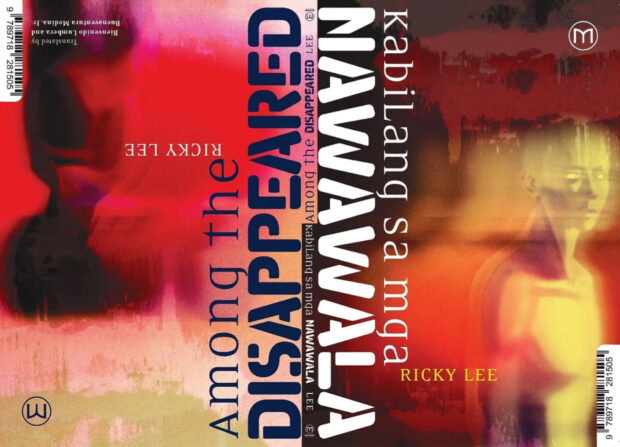
This short story was originally written in 1988, and was first published in an anthology of Lee’s other works. It follows a young boy named Jun-jun, who one day wakes up to find out he has disappeared—existing, yet invisible and intangible, but somehow eventually also able to speak to or interact with those who believe in his presence. His search for a way to regain his body leads him to a journey of discovering his roots as well as witnessing the horrors of society during Martial Law.
This republished version features both the original Filipino short story as well as an English translation by National Artist for Literature Bienvenido Lumbera and author Buenaventura Medina, Jr.
“My Lola’s Love Letters” by Ines Bautista-Yao
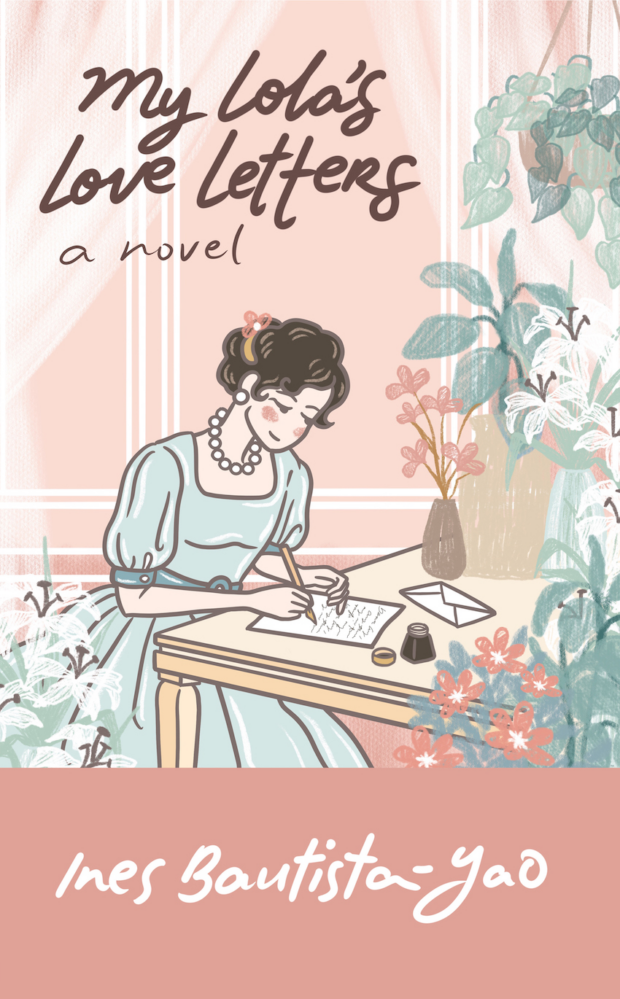
This 2024 release from the Ateneo de Manila University Press is perfect for the YA lovers. This young adult novel is equal parts cuteness and kilig (in both the main character Nat’s timeline and her lola’s timeline, too!), and also touches on relatable coming-of-age themes, such as the uncertainties of young adulthood and figuring out where you’re meant to thrive, and of course the struggle of getting over manipulative exes. “My Lola’s Love Letters” is a light and hopeful read that many young (and young-at-heart) girlies can enjoy.
“Dogs in Philippine History” by Ian Christopher B. Alfonso
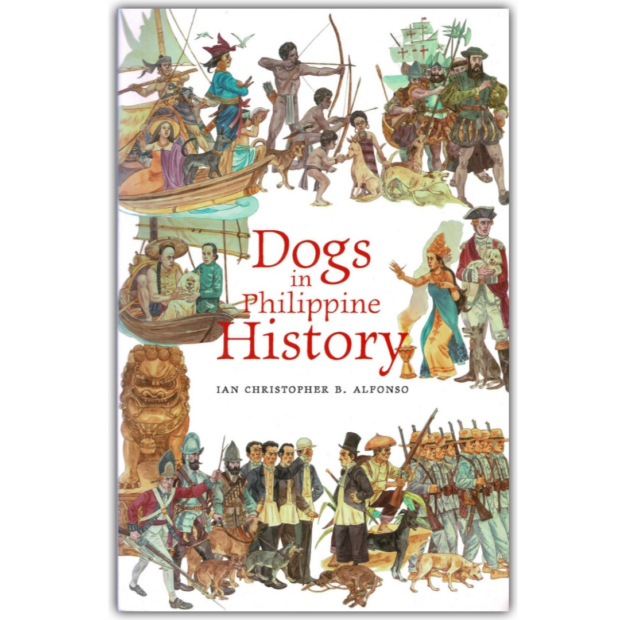
This hefty tome will appeal to both history and dog lovers alike. The book, released in 2023, features essays on the various “cultural and historical encounters with dogs,” supported by documentation and illustrations. It’s a rich record all about dogs in the country throughout history (famous local dogs that have made headlines are also included!) as well as artifacts that include dogs.
The book won Best Book Design in the 42nd National Book Awards.
“Teorya ng Unang Panahon” by Edgar Calabia Samar
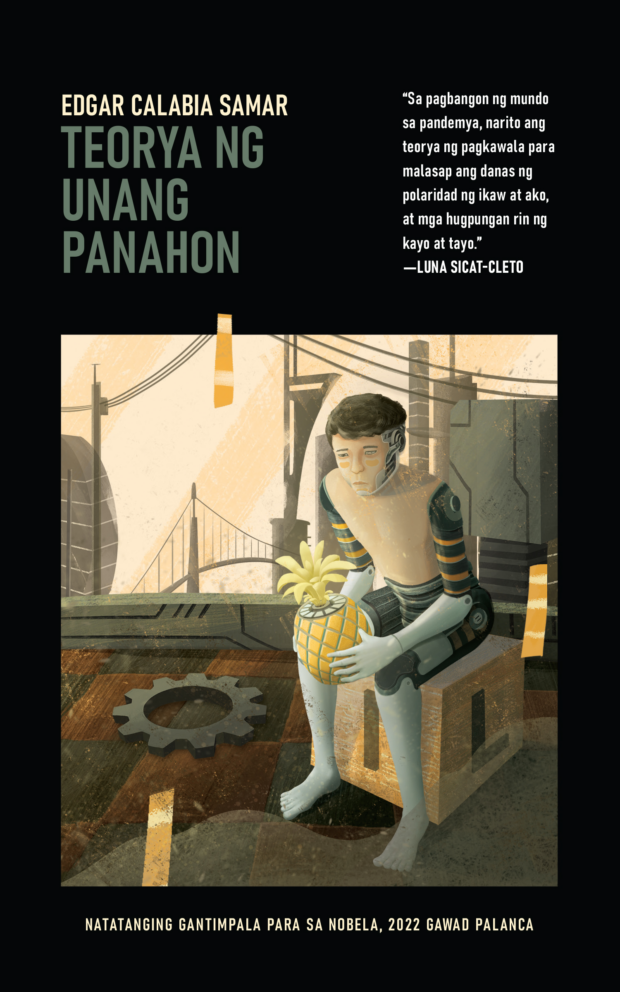
The best novel in Filipino in the 42nd National Book Awards is also the third in Samar’s “Trilohiya ng mga Bilang.” The novel features three characters, Yannis, X-XIII, and Hans, whose stories alternate and eventually intersect. The novel has also been described by readers as having an unconventional and nonlinear narrative structure.
“The Three-Cornered Sun” by Linda Ty-Casper
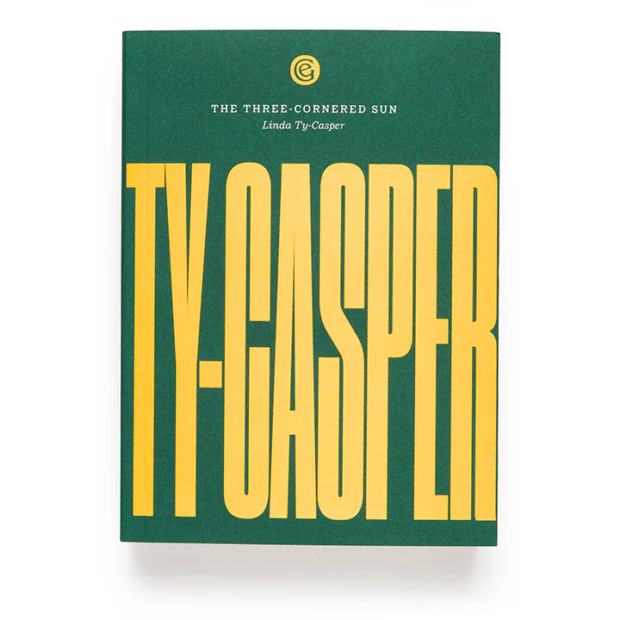
Exploding Galaxies’ new edition of the 1979 novel brings this compelling historical novel to present audiences. Ty-Casper, inspired by her grandmother’s stories of the revolution, vividly brings back to life scenes, nuances, ideals, and experiences in 19th century Philippines, touching on the struggle towards nationhood, not just against Spain, but among Filipinos, too. The story is told through the perspective of the Viardo family, and makes mention of a number of prominent historical figures, putting its setting even more into context.

